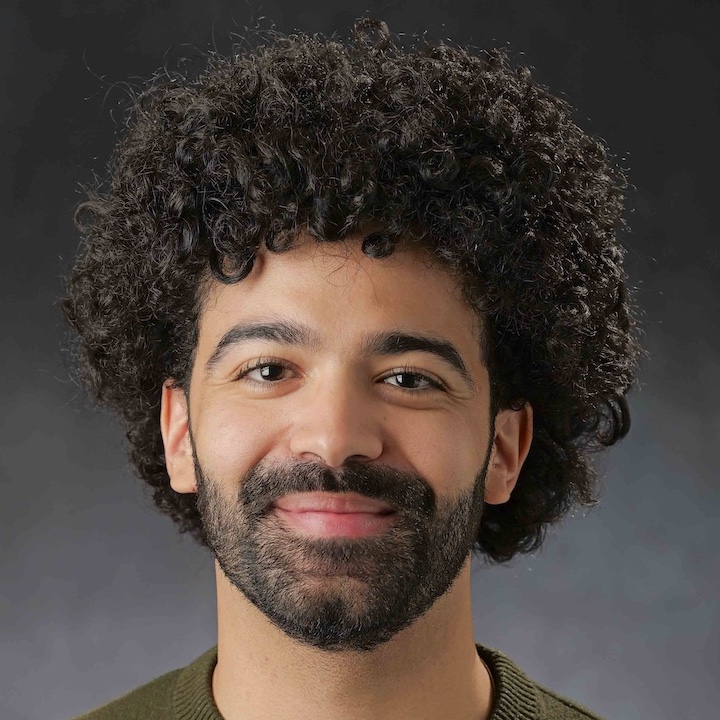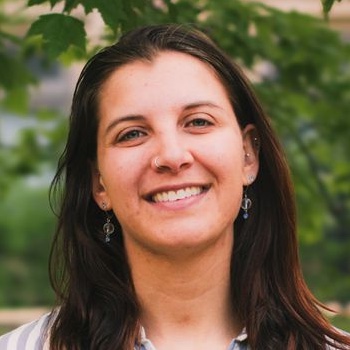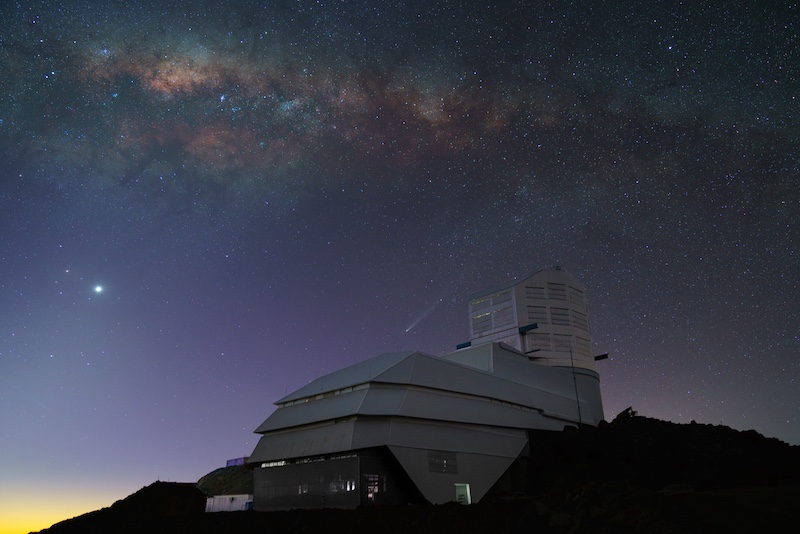 The history of astronomy has many stories of trying to understand our universe, and those stories are connected by a common thread: looking at the sky, whether with our eyes or with increasingly powerful telescopes. The newest entry in this telescopic journey is the NSF-DOE Vera C. Rubin Observatory. Located in Chile, this observatory has an audacious goal: to repeatedly observe the entire sky visible from its location every few nights, with a project called the Legacy Survey of Space and Time.
The history of astronomy has many stories of trying to understand our universe, and those stories are connected by a common thread: looking at the sky, whether with our eyes or with increasingly powerful telescopes. The newest entry in this telescopic journey is the NSF-DOE Vera C. Rubin Observatory. Located in Chile, this observatory has an audacious goal: to repeatedly observe the entire sky visible from its location every few nights, with a project called the Legacy Survey of Space and Time.
To talk about the Vera Rubin observatory and its science goals, our guest today is Dr. Tony Tyson, Distinguished Research Professor in the Department of Physics and Astronomy at the University of California, Davis. Dr. Tyson’s research focuses on experimental physics and cosmology, and he is the Observatory’s Chief Scientist.
Host: Joel Parker
Show Producer/Engineer: Joel Parker
Executive Producer: Susan Moran
Additional Contributions: Beth Bennett
Listen to the show:
Podcast: Play in new window | Download (Duration: 27:24 — 37.6MB)
Subscribe: RSS




 On this week’s show Beth speaks with computational biologist
On this week’s show Beth speaks with computational biologist 

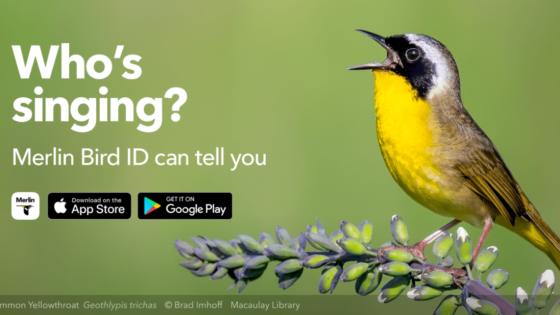

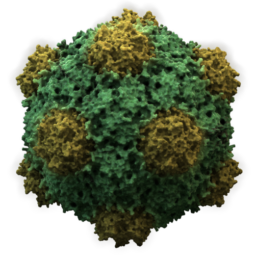 In this week’s science show Beth talks with genome biologist Ed Chuong of CU Boulder’s innovation incubator, the Biofrontiers Institute. Ed takes us for a whirlwind tour of the evolutionary history of these viral invaders of our genome, and some examples of how they can simultaneously be friend and foe. Teaser, did you realize that the genes that allow the formation of the placenta, the organ that nourishes human (and other mammal) fetuses, came from viruses!
In this week’s science show Beth talks with genome biologist Ed Chuong of CU Boulder’s innovation incubator, the Biofrontiers Institute. Ed takes us for a whirlwind tour of the evolutionary history of these viral invaders of our genome, and some examples of how they can simultaneously be friend and foe. Teaser, did you realize that the genes that allow the formation of the placenta, the organ that nourishes human (and other mammal) fetuses, came from viruses! With graduation season upon us, today’s edition of How on Earth is Part 2 of our annual “
With graduation season upon us, today’s edition of How on Earth is Part 2 of our annual “ Chloe Long
Chloe Long